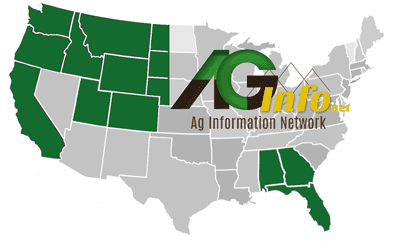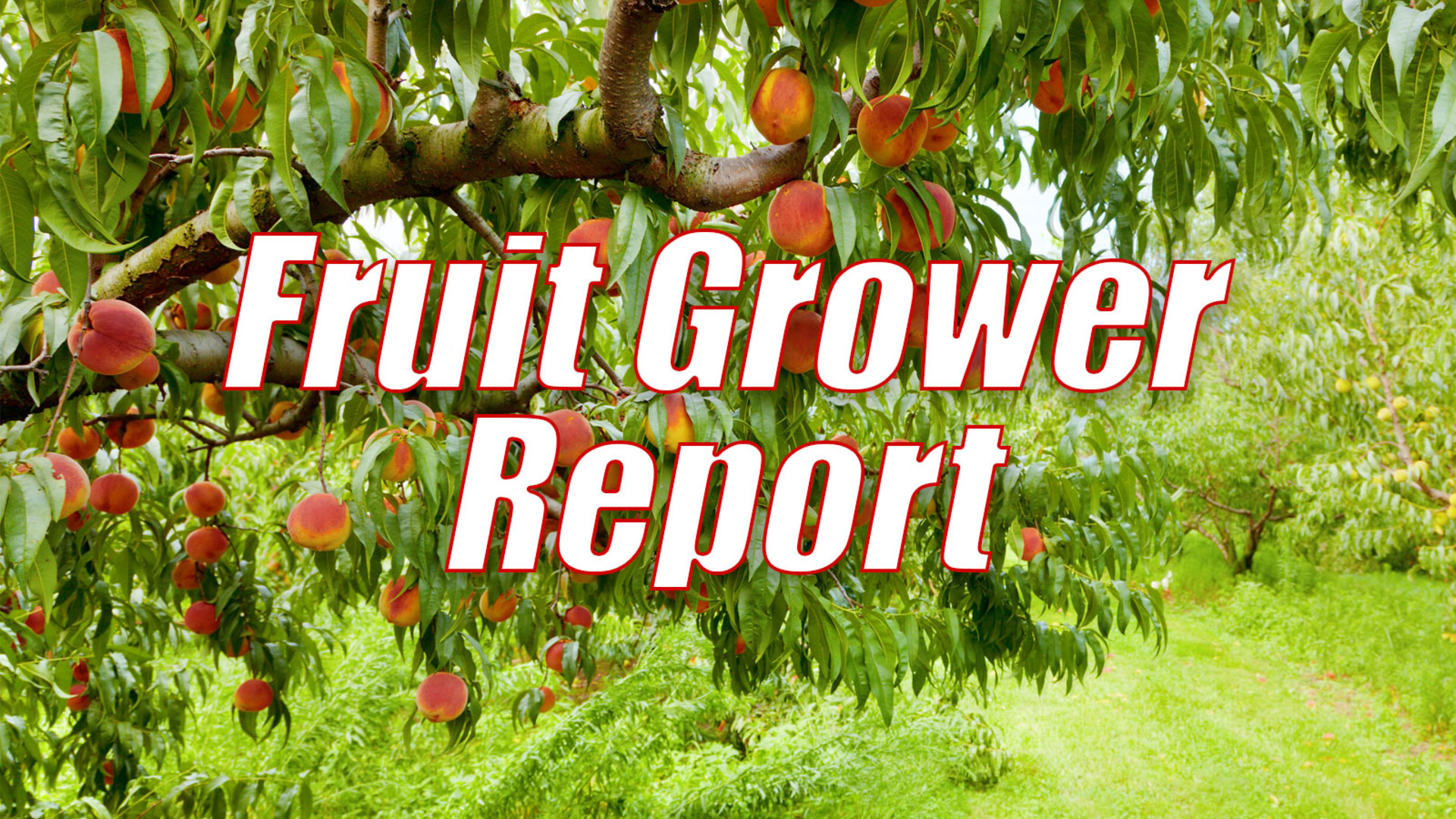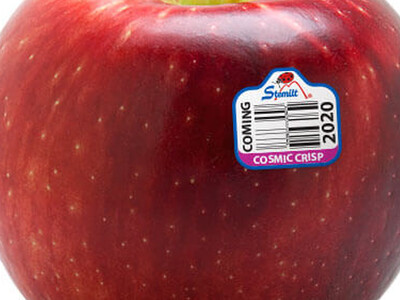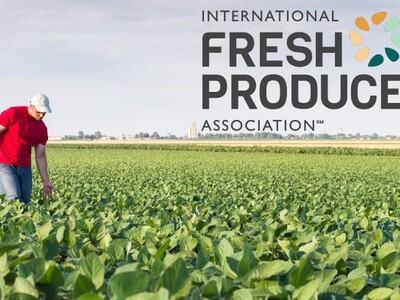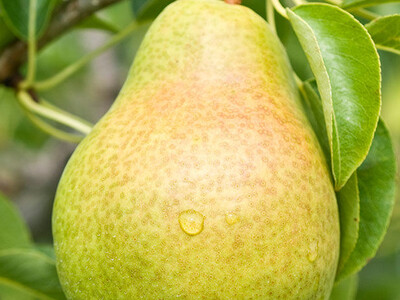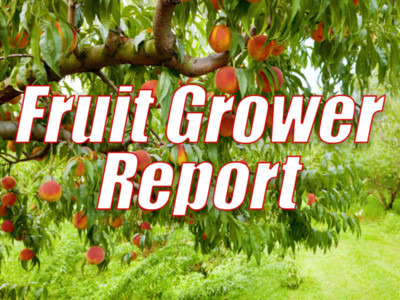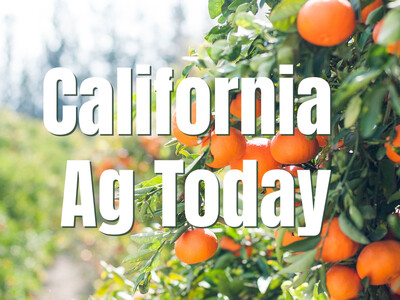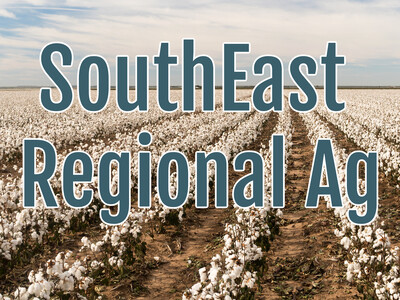Automating Cherries Part 4.
Automating Cherries Part 4. I'm Greg Martin with today's Fruit Grower Report.Today we wrap up our look at how the cherry industry may need to change to be more profitable and be able to supply more and more varied markets. Tim Sambado with Prima Frutta from Linden, CA says another big advantage of an optical cherry sorter.
SAMBADO: The ability to sort immature fruit. We try with our workers, our sorters but when you get 200 sets of eyes trying to read a certain color - very, very difficult. Creating color grades to match distribution, this to me is going to be very valuable as well from close proximity markets to markets further away - to markets that require ocean shipment as opposed to air shipment.
Sambado says these sorter can create 13 color separations.
SAMBADO: I think this particular attribute of the technology will be very well suited for the Pacific Northwest as you put more and more fruit on the water with larger and larger crops. I think another key asset is that we can target some fruit that gets extremely dark. Typically our most dangerous fruit is is the fruit that is the darkest fruit. Typically fruit is dark because is has been damaged.
And there are some downsides like cost.
SAMBADO: Significantly more than a traditional sizer. The number of outlets would drive that cost. There's a cost to have more skilled personnel. There's a potential for additional downtime just because it has so many more parts; cameras, solenoids, cuffs, etc. And I think it will be increased annual maintenance costs just because of the number of technology parts that are in that sizer versus a diverging roll sizer.
That's today's Fruit Grower Report. I'm Greg Martin on the Ag Information Network.
